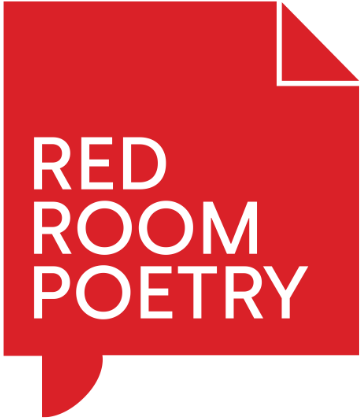"Poetry can extend us into those inarticulable spaces" – Jessica L Wilkinson
Jessica L Wilkinson, our Fellowship 2020 Shortlisted Poet, offers a reflection on her collection, Music Made Visible: A Biography of George Balanchine and her Curie project for the Red Room Poetry Fellowship.
Over the past decade, I have become deeply interested in exploring the potential for poetry to convey and explore historical subject matter in the genre I refer to as ‘nonfiction poetry.’ My practice has explored this concept through numerous works, including my poetry books (poetic biographies), articles and chapters, a nonfiction poetry journal (Rabbit, for which I am Managing Editor), and various interdisciplinary collaborations. These various works champion, in different ways, poetry as a medium through which the poet can impart factual content in expressive, playful, performative and dramatic ways, all of which has important implications for the ways in which we perceive ‘nonfiction’ content.
My own poetry writing is largely dedicated to long-form biographical poetry projects requiring significant research; during this research process, the ‘form’ of the work emerges in response to research encounters. My most recent book, for instance—Music Made Visible: A Biography of George Balanchine—is a poetic biography of the influential 20th-century choreographer. For this work, I travelled to sites and locations where Balanchine lived, performed and choreographed, and also undertook research in archives at the New York City Public Library (Dance Division) and Harvard University Library. Out of that research—from which I amassed hundreds and hundreds of pages of notes—there were two vital beacons which guided me towards a manageable process and potential outcome for writing Balanchine’s ‘life’. The first was that a number of sources, including his wives, noted that Balanchine was a very difficult man to ‘know’ beyond the expressions he made through his choreography; when asked about his private life, he would respond: “It’s all in the programs.” I therefore decided that Music Made Visible was to unfold as a series of choreographed Balanchine ‘ballets’ that take cues not only from historical details but from his choreography and philosophies on life, art and dance.
The second beacon was a lesson that Balanchine himself learned from his long-time collaborator Igor Stravinsky, that one must dare not use everything in a work—that is, all the ideas or tools in one’s kit—but rather, that a work should be arranged according to ‘certain family relations’. In other words, a work of art ought to express a unified idea, rather than demonstrating the artist’s mixed-bag of knowledges and abilities. From this lesson, I determined to have each poem convey a single impression, rather than to systematically document all the information I had gathered in relation to that ballet/moment in time. Balanchine, via Stravinsky, taught me restraint in that regard.
I hope that readers of Music Made Visible gain a sense of a life narrative across the stretch of the book, but that they may also experience ‘felt facts’ enabled through poetry’s performative gestures and embodied language. In other words, I hope to encourage readers not only to appreciate a broader ‘body of knowledge’ beyond the facts and the story of a life, but also to recognise that poetry can extend us into those inarticulable spaces.
My new project is focused on chemist and physicist Marie Curie, and these poems—showcased as part of the Red Room Poetry Fellowship 2020 shortlist—are some of my first responses to early research. A trip to the Curie archives in Paris was postponed in mid-2020 due to COVID-19 restrictions, and I am unsure when I may be able to undertake that aspect of research. Moving within, through, alongside, and against archives has always been a motivating force in and for my poetry. But luckily, so has problem-solving! If barred from the archive, I look forward to the challenge of recalibrating my poetic-biographical experiments.
Discover Jessica L Wilkinson's poetic works
- ‘Three Poems for Mme. Curie’ (Red Room Poetry Fellowship Shortlist, 2020)
- ‘Agon’ from Music Made Visible (Republished in In Your Hands anthology (Red Room Poetry, 2020)
- Music Made Visible: A Biography of George Balanchine (Vagabond Press, 2020)

